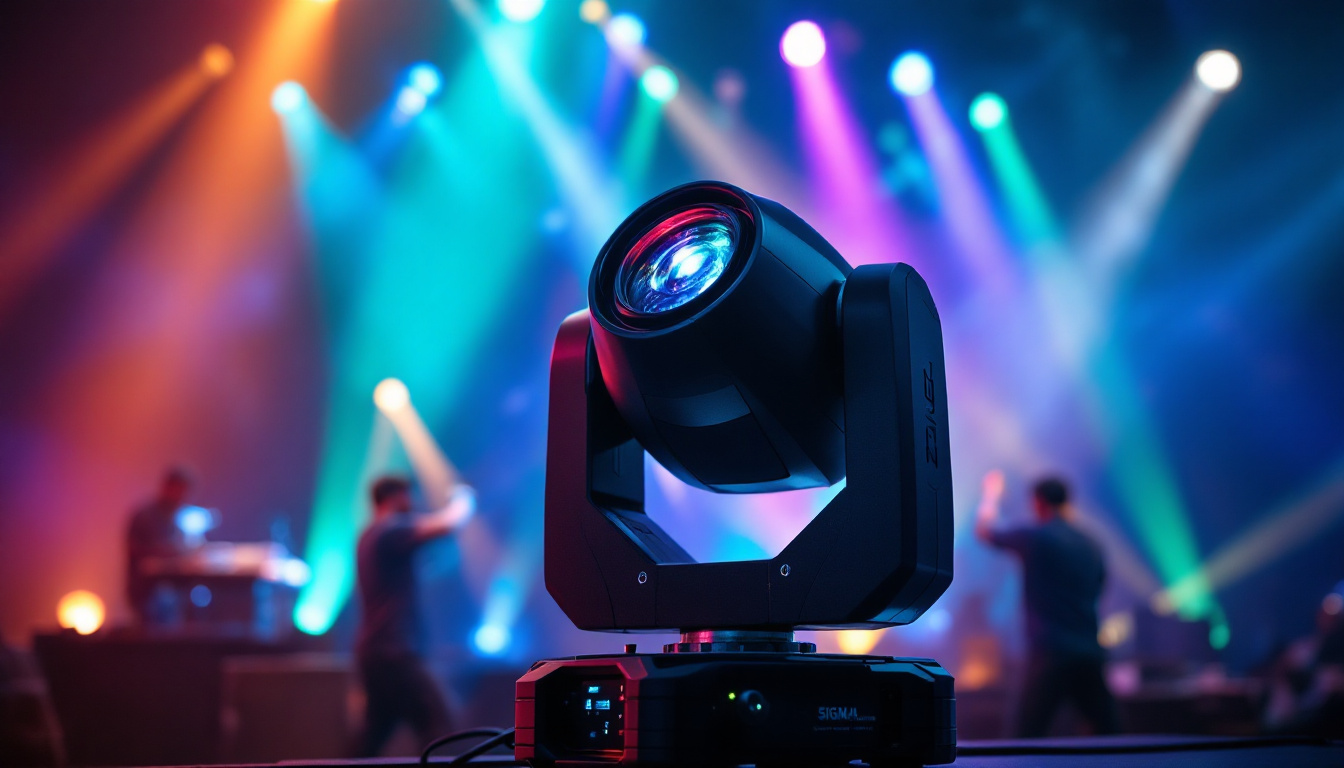
In the world of stage lighting, moving head lights have become a staple for lighting contractors. These versatile fixtures offer a range of features that can enhance any performance, from concerts to theatrical productions. Understanding how to effectively use and implement moving head lights can set a contractor apart in a competitive market. This article provides expert advice tailored specifically for lighting contractors, covering essential aspects such as selection, setup, and maintenance.
Moving head lights are automated fixtures that can pan, tilt, and change colors, providing dynamic lighting options. Unlike static lights, they can be programmed to create intricate patterns and effects, making them ideal for various applications. Familiarity with the different types of moving head lights available is crucial for any lighting contractor. These lights have revolutionized the way we think about stage and event lighting, allowing for greater creativity and flexibility in design. Whether it’s a concert, theater production, or corporate event, moving head lights can set the mood and enhance the overall experience for the audience.
There are several types of moving head lights, each designed for specific uses. The most common types include:
When selecting moving head lights, it’s essential to consider several key features:
In addition to these features, the build quality and durability of moving head lights are also important considerations. Many models are designed to withstand the rigors of touring and frequent use, featuring robust housings and reliable components. Furthermore, the ease of maintenance and access to replacement parts can significantly affect the long-term usability of the fixtures. As technology continues to advance, newer models are being equipped with energy-efficient LED sources, which not only reduce power consumption but also extend the lifespan of the lights, making them a more sustainable choice for lighting professionals.
Selecting the right moving head lights for a project involves understanding the specific needs of the event. Factors such as venue size, type of performance, and desired effects all play a role in this decision-making process.
Before making a purchase, assess the venue where the lights will be used. Consider the following:
Additionally, consider the overall ambiance of the venue. For example, a theater with a more intimate setting might benefit from softer, more focused lighting to create a warm atmosphere, while a large concert hall may require more dynamic and vibrant effects to engage a larger audience. It’s also essential to take into account the existing lighting infrastructure, as compatibility with current systems can greatly affect the installation process and overall effectiveness of the lighting design.
While it can be tempting to opt for the most advanced fixtures, it’s crucial to balance quality with budget constraints. Investing in reliable, durable moving head lights can save money in the long run, as they are less likely to require frequent repairs or replacements. Consider the following:
Moreover, don’t forget to factor in the costs associated with installation and operation. Hiring a professional lighting technician can ensure that the lights are set up correctly and programmed to achieve the desired effects, which can be especially important for complex shows. Additionally, consider the potential for future projects when making your selection; investing in versatile fixtures that can adapt to various types of events may provide better value over time, allowing for a wider range of creative possibilities without the need for frequent upgrades.
Once the right fixtures have been selected, proper setup is crucial for achieving the best results. This involves not only physical placement but also programming and testing the lights.
The placement of moving head lights can greatly affect the overall lighting design. Here are some tips for optimal positioning:
Programming moving head lights can seem daunting, but with practice, it becomes an invaluable skill. Consider the following:
Regular maintenance is essential for ensuring the longevity and performance of moving head lights. Neglecting maintenance can lead to costly repairs and downtime.
Dust and debris can accumulate on moving head lights, affecting their performance. Implement a routine cleaning schedule that includes:
Conduct regular inspections to identify any potential issues before they become major problems. Key areas to check include:
For lighting contractors looking to elevate their skills, mastering advanced techniques can make a significant difference in the quality of their work. These techniques can enhance the visual impact of performances and set a contractor apart from the competition.
Moving head lights can be used to create stunning visual effects that captivate audiences. Consider the following techniques:
Combining moving head lights with other types of fixtures can create a more comprehensive lighting design. Here are some tips:
The lighting industry is constantly evolving, with new technologies and techniques emerging regularly. Staying updated with these trends is essential for lighting contractors who want to remain competitive.
Subscribe to industry publications and online resources that focus on lighting design and technology. These resources often feature articles, case studies, and product reviews that can provide valuable insights.
Joining professional organizations and attending industry events can facilitate networking with other lighting professionals. These connections can lead to collaborative opportunities and the sharing of knowledge and best practices.
Moving head lights are an invaluable tool for lighting contractors, offering versatility and creative possibilities. By understanding the different types of fixtures, selecting the right equipment, and mastering setup and maintenance, contractors can enhance their offerings and deliver exceptional lighting experiences. Staying informed about industry trends and continuously improving skills will ensure long-term success in the competitive world of lighting design.
Ready to take your lighting designs to the next level? At LumenWholesale, we provide lighting contractors with the industry’s finest selection of moving head lights and other spec-grade lighting products. Enjoy the benefits of wholesale pricing and free shipping, ensuring you get the most value for your investment. Whether you’re setting up for a concert or a corporate event, our high-performance lighting solutions are designed to meet your needs without breaking the bank. Elevate your lighting game with the quality, affordability, and convenience of LumenWholesale. Wholesale Lighting at the Best Value is just a click away.
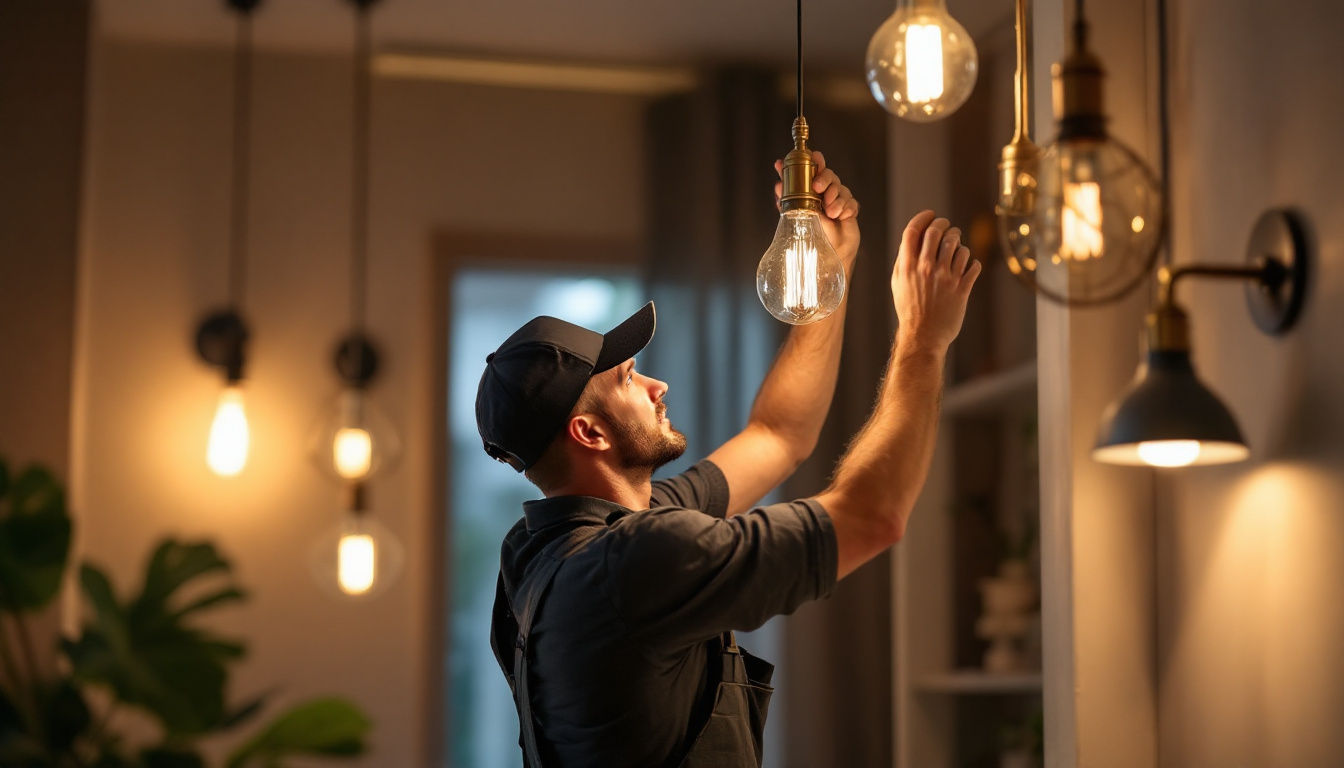
Illuminate your expertise with our comprehensive guide tailored for lighting contractors.
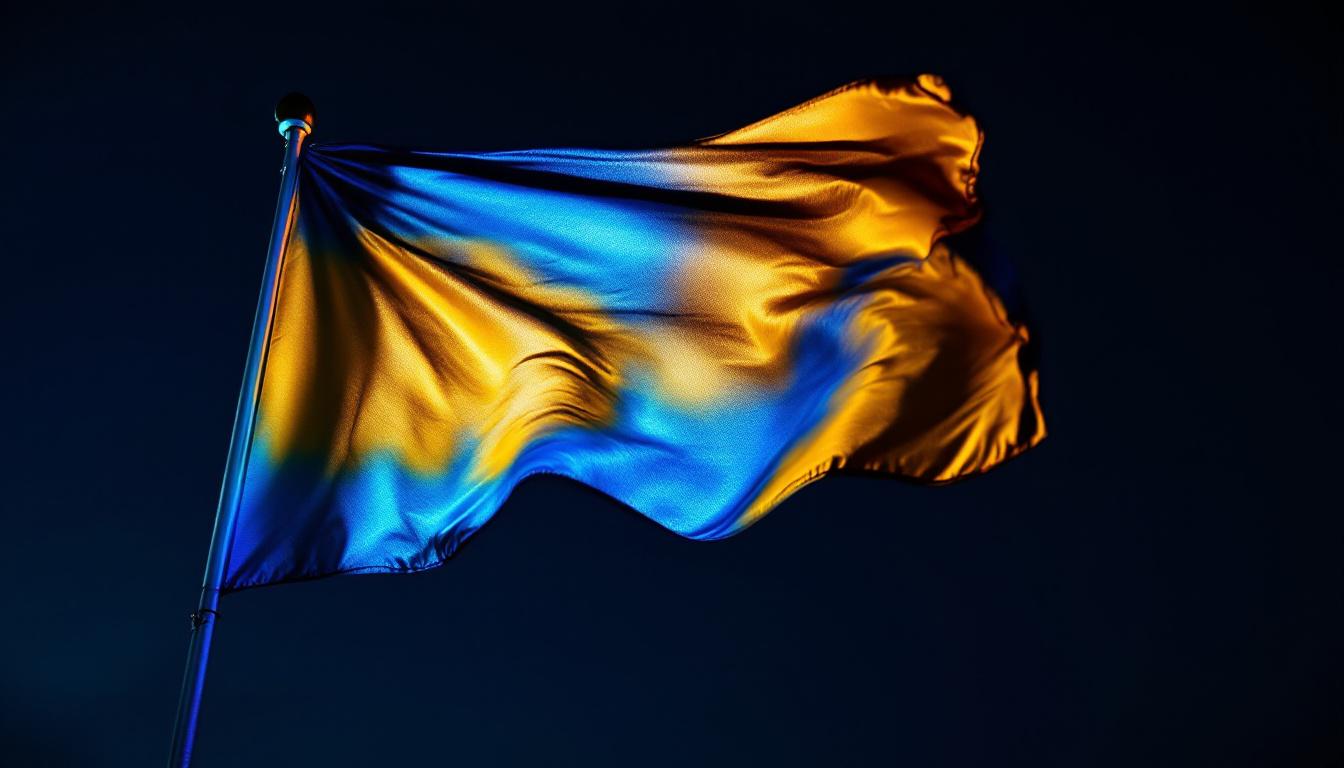
Discover how lighting contractors can gain a competitive edge with strategic night flag lighting.
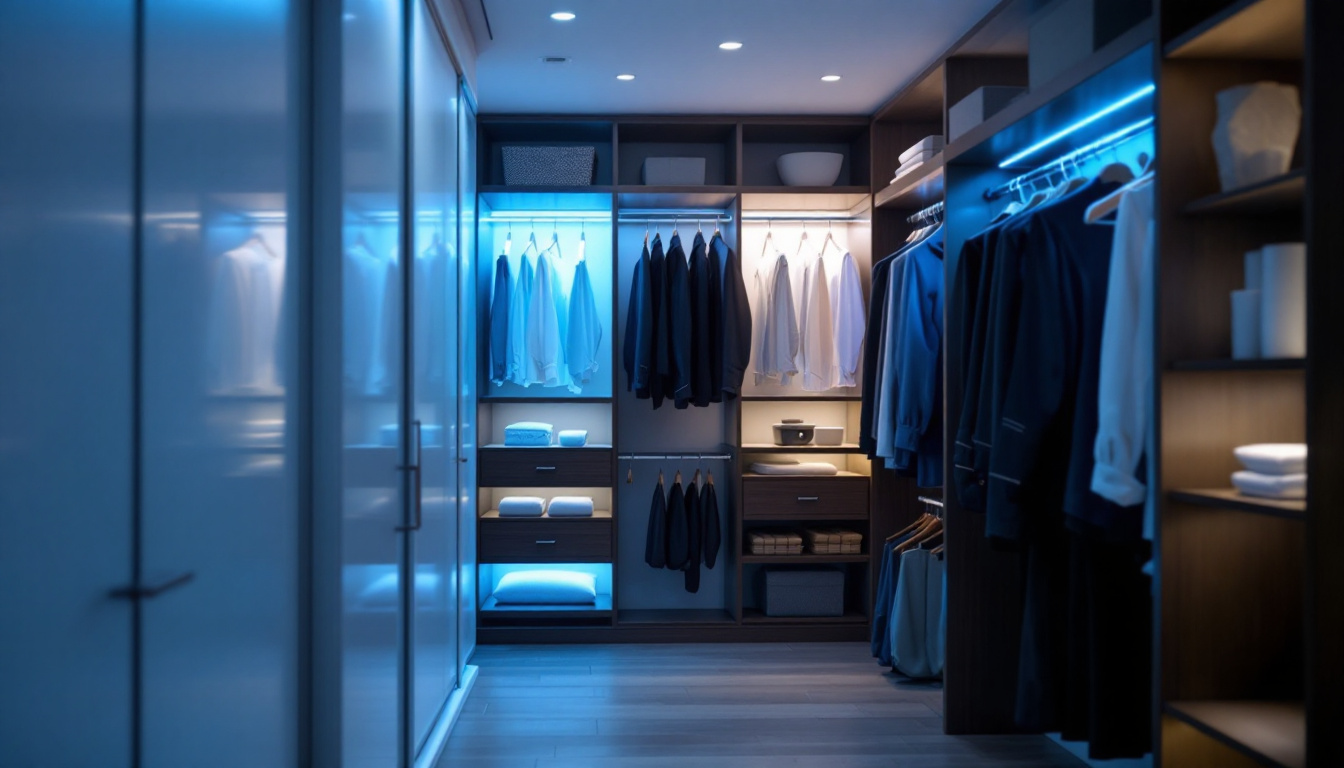
Discover the key challenges lighting contractors face when installing LED lighting in closets.
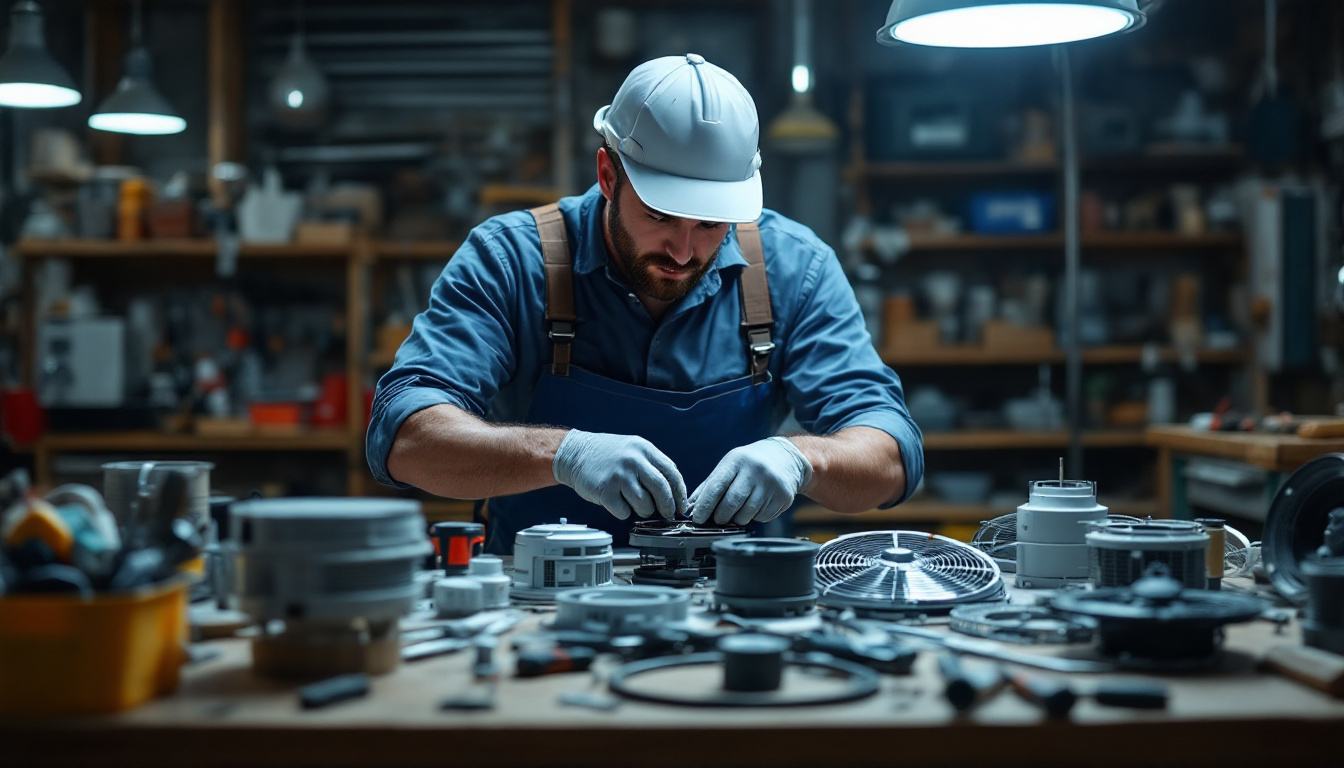
Discover essential insights and expert tips on sourcing and installing commercial fan replacement parts tailored for lighting contractors.